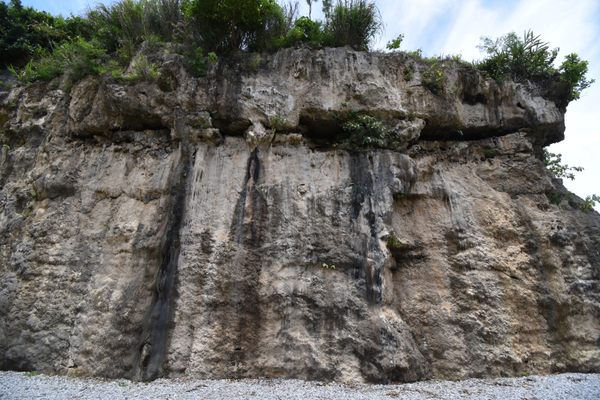In 1967, amateur archaeologist Seiho Oyama was running a gas station in Naha, the United States-occupied capital of Okinawa, when he discovered what appeared to be fossilized fragments of animal bones in a limestone block he had purchased in Gushikami village. Believing there were early humans hunting these animals, Oyama headed to the Minatogawa quarry area in Gushikami for a closer look.
Excavating a large fissure in the quarry, Oyama found the bones of a wild boar dating back about 10,000 years. While few agreed with his theory, Oyama kept digging. On January 21, 1968, his dedication paid off when he unearthed the remains of a prehistoric human: the Minatogawa Man.
Subsequent excavations, which have since discovered skeleton specimens of four individuals, revealed that this Paleolithic population lived in Okinawa between 20,000 and 22,000 BC. They were rather short in stature, with men averaging around five feet tall, and women several inches shorter.
Though once believed to be ancestors of the Jōmon people, the Minatogawa Man is now thought to have sprung from the same root but not the direct ancestors of the modern Japanese people. Rather, they may be more closely related to Melanesian or Southeast Asian populations. They are among the oldest skeleton specimens of hominins found in Japan.
The site has long been known as “Minatogawa Fissure archaeological site” but was officially named “Minatogawa site” in 2016. It is now managed by the town of Yaese, formerly Gushikami, as a public heritage park.



